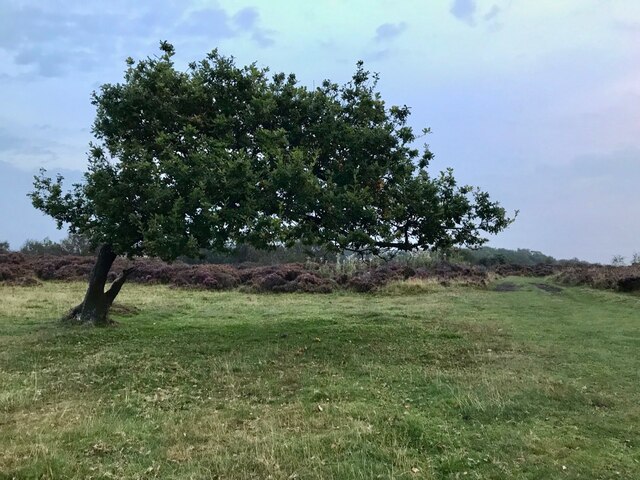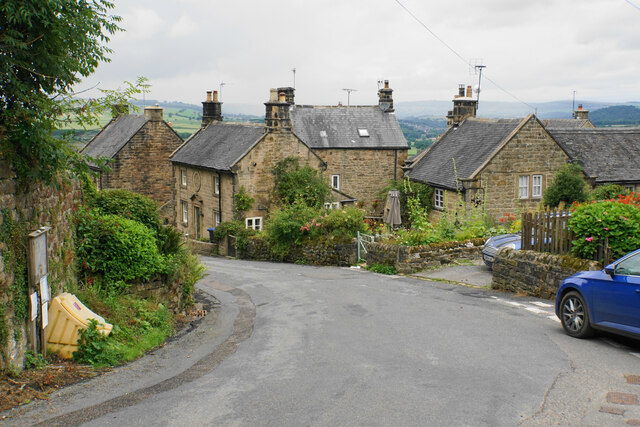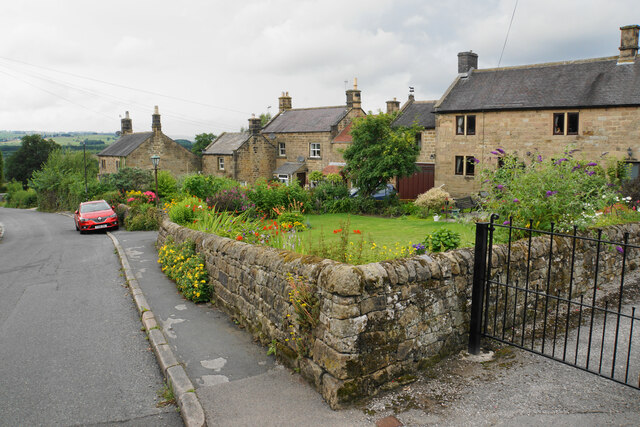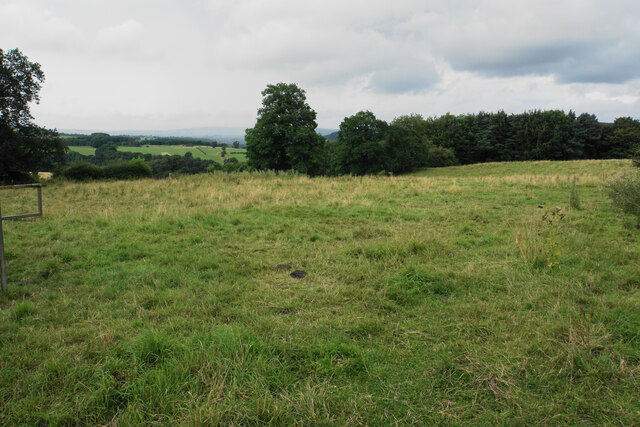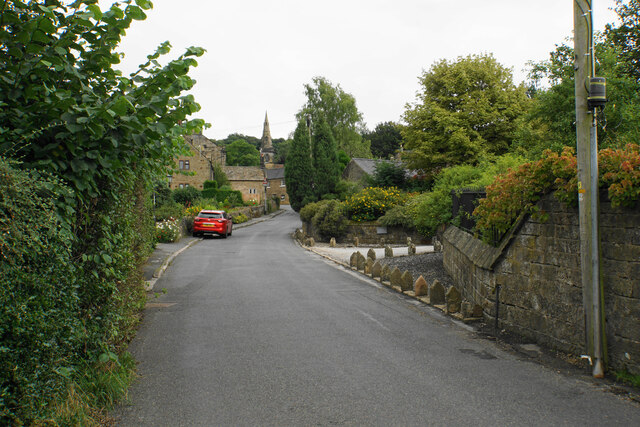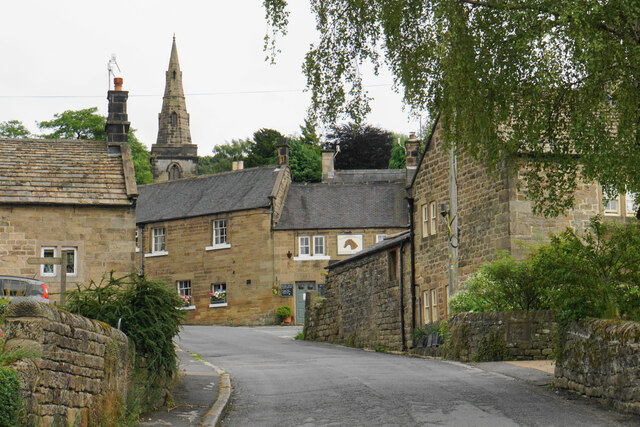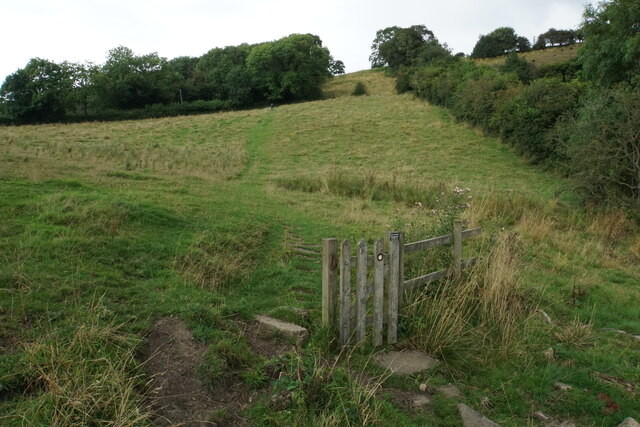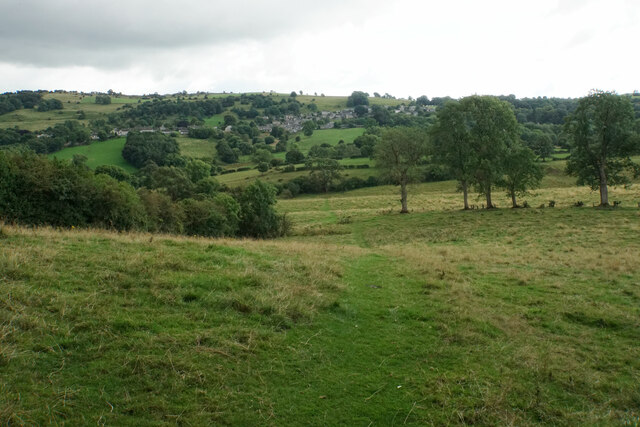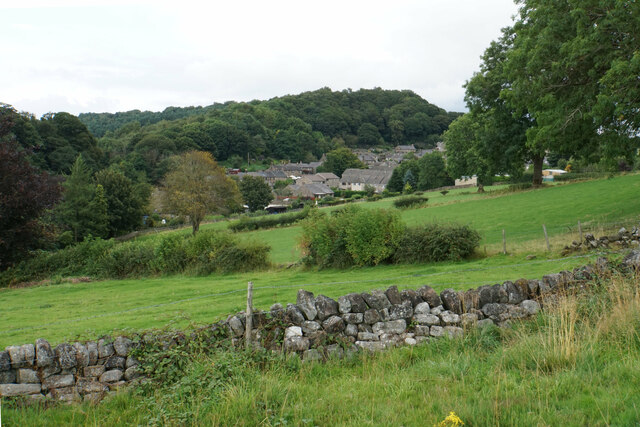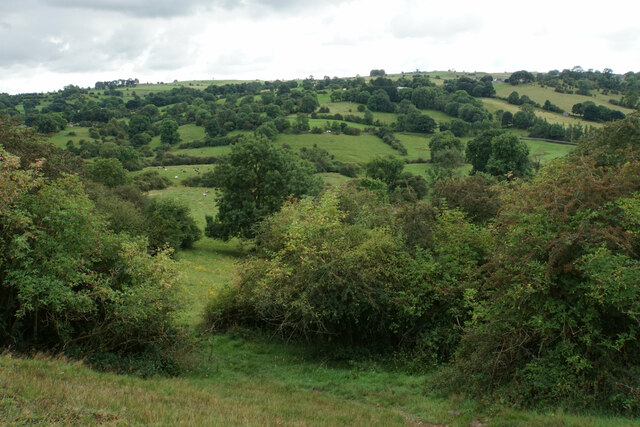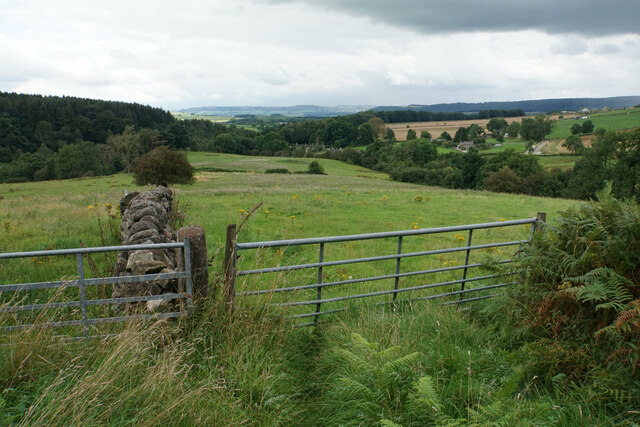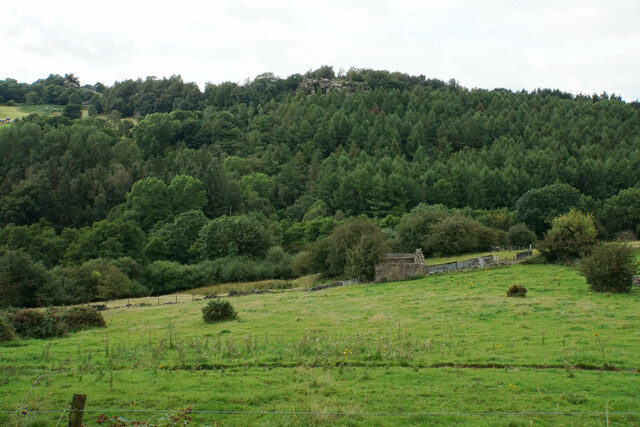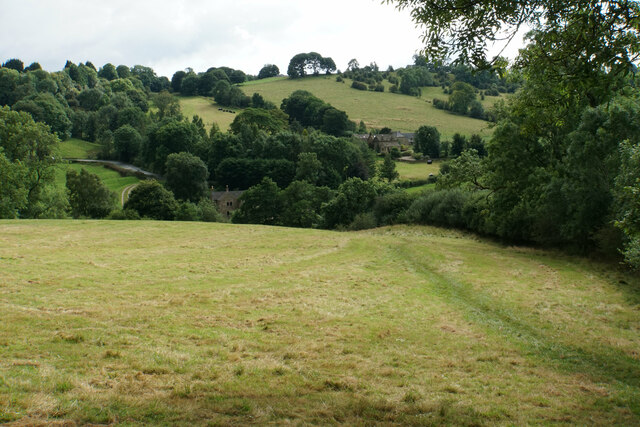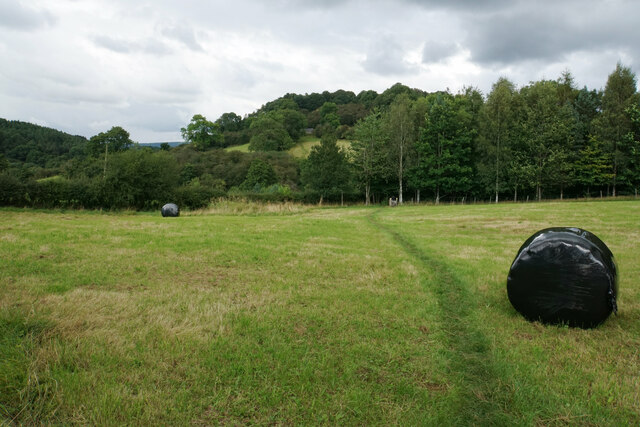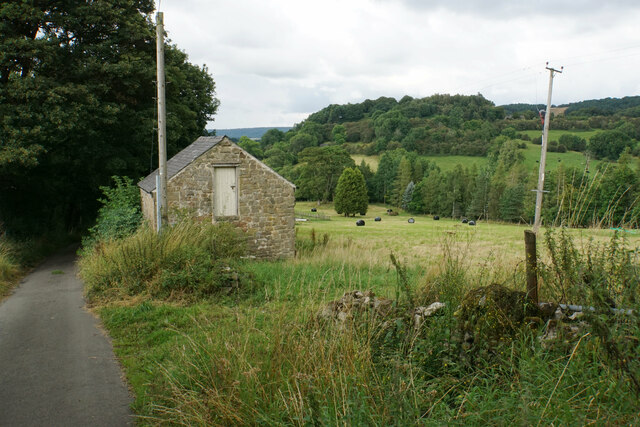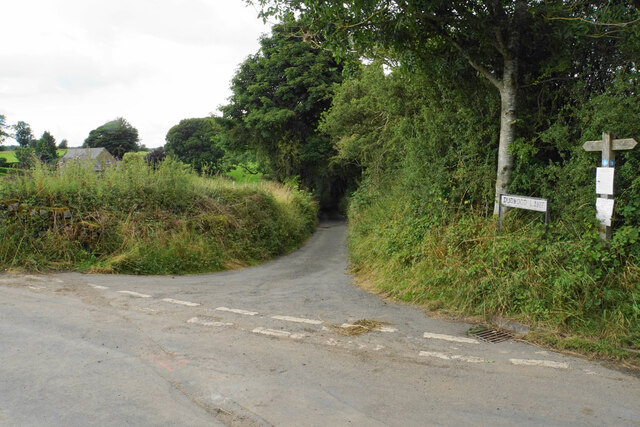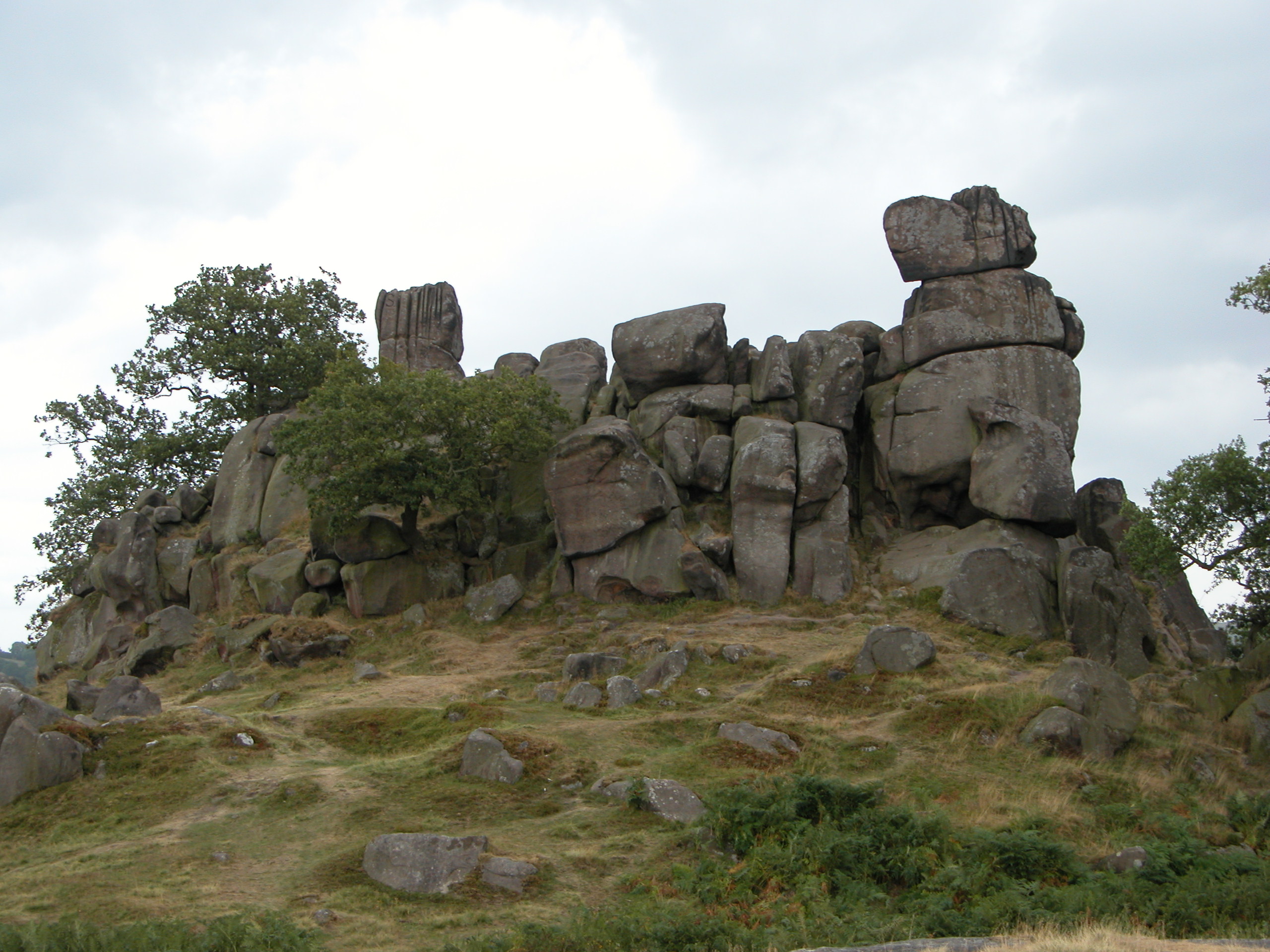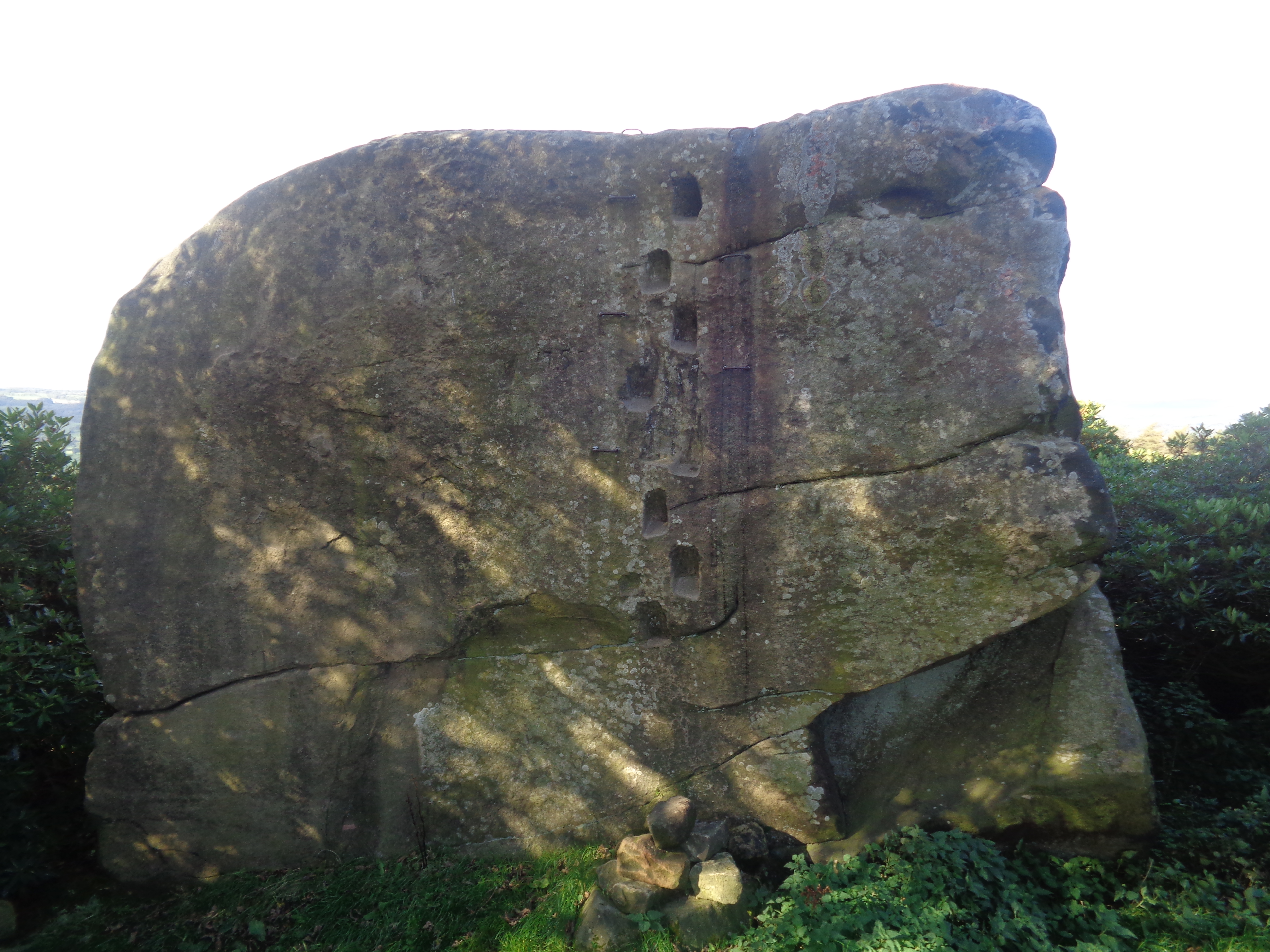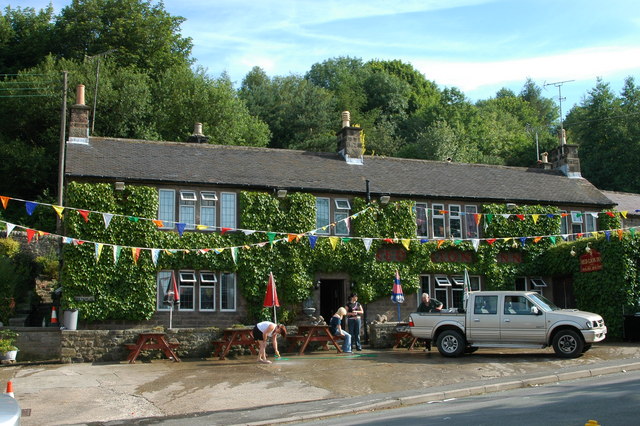Carrs Wood
Wood, Forest in Derbyshire Derbyshire Dales
England
Carrs Wood
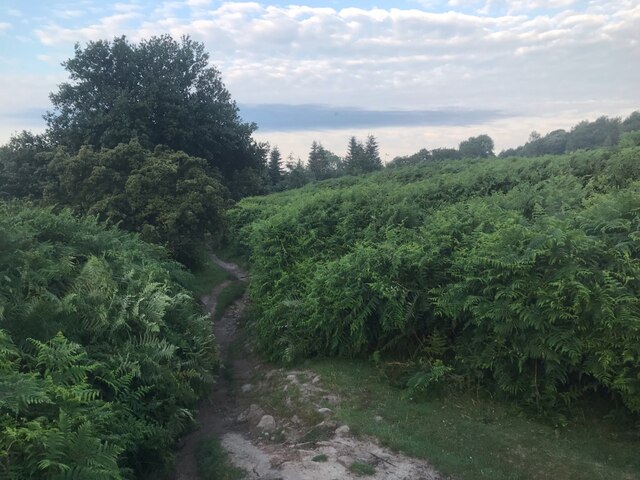
Carrs Wood is a picturesque forest located in Derbyshire, England. Covering an area of approximately 100 hectares, it is known for its diverse flora and fauna, making it a popular destination for nature enthusiasts and hikers alike.
The wood is primarily composed of broadleaf trees, including oak, beech, and birch, which create a stunning and vibrant canopy during the summer months. In the autumn, the forest transforms into a tapestry of warm hues, as the leaves change color and create a breathtaking display.
Traversing through Carrs Wood, visitors can find a network of well-maintained trails and footpaths, allowing them to explore the area at their own pace. These paths lead to various points of interest, such as secluded ponds, where one can observe a variety of aquatic plants and wildlife.
The forest is home to a rich diversity of animal species, including deer, badgers, foxes, and numerous bird species. Birdwatchers often visit Carrs Wood in search of rarer species, such as the great spotted woodpecker or the tawny owl.
For those seeking tranquility and solitude, the wood offers several secluded areas, perfect for picnics or simply enjoying the peaceful surroundings. The sound of birdsong and the gentle rustling of leaves create a serene atmosphere, providing an escape from the hustle and bustle of everyday life.
Overall, Carrs Wood is a natural gem in Derbyshire, offering a delightful blend of scenic beauty, biodiversity, and serene ambiance. Whether one is a nature enthusiast, a hiker, or simply seeking a peaceful retreat, this forest is a must-visit destination.
If you have any feedback on the listing, please let us know in the comments section below.
Carrs Wood Images
Images are sourced within 2km of 53.161936/-1.6594915 or Grid Reference SK2262. Thanks to Geograph Open Source API. All images are credited.
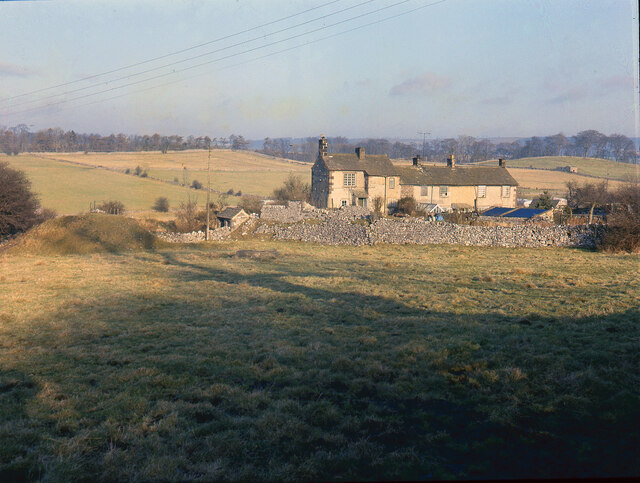
Carrs Wood is located at Grid Ref: SK2262 (Lat: 53.161936, Lng: -1.6594915)
Administrative County: Derbyshire
District: Derbyshire Dales
Police Authority: Derbyshire
What 3 Words
///astounded.tricycle.kings. Near Youlgreave, Derbyshire
Nearby Locations
Related Wikis
Nine Stones Close
Nine Stones Close, also known as the Grey Ladies, is a stone circle on Harthill Moor in Derbyshire in the English East Midlands. It is part of a tradition...
Harthill, Derbyshire
Harthill is a civil parish within the Derbyshire Dales district, in the county of Derbyshire, England. Largely rural, along with parts of the neighbouring...
Robin Hood's Stride
Robin Hood's Stride (also known as Mock Beggar's Mansion) is a rock formation on the Limestone Way in Derbyshire close to the village of Elton. The nearest...
Doll Tor
Doll Tor is a stone circle located just to the west of Stanton Moor, near the village of Birchover, Derbyshire in the English East Midlands. Doll Tor is...
St Michael's Church, Birchover
St Michael's Church, Birchover, also known as Rowtor Chapel, is a Grade II listed parish church in the Church of England in Birchover, Derbyshire. Located...
Andle Stone
The Andle Stone is a large gritstone boulder on Stanton Moor in Derbyshire. The stone block is 6m long, 4m high and lies within a low, circular, dry stone...
Harthill Moor
Harthill Moor is a small upland area in the Derbyshire Peak District of central and northern England, lying between Matlock and Bakewell near the villages...
Birchover
Birchover is a village and civil parish in the Peak District National Park in Derbyshire, England, five miles north-west of Matlock. At the 2001 Census...
Nearby Amenities
Located within 500m of 53.161936,-1.6594915Have you been to Carrs Wood?
Leave your review of Carrs Wood below (or comments, questions and feedback).
